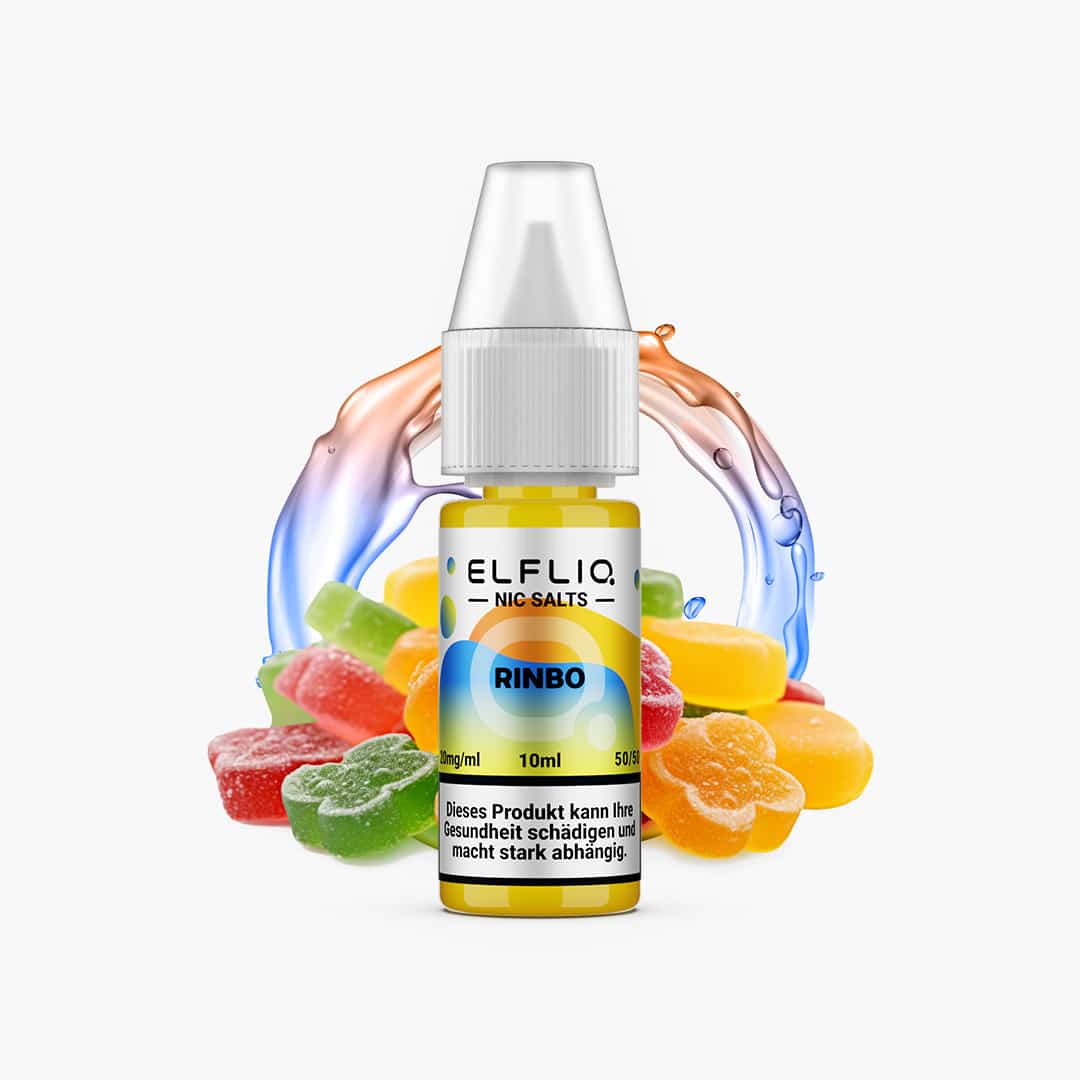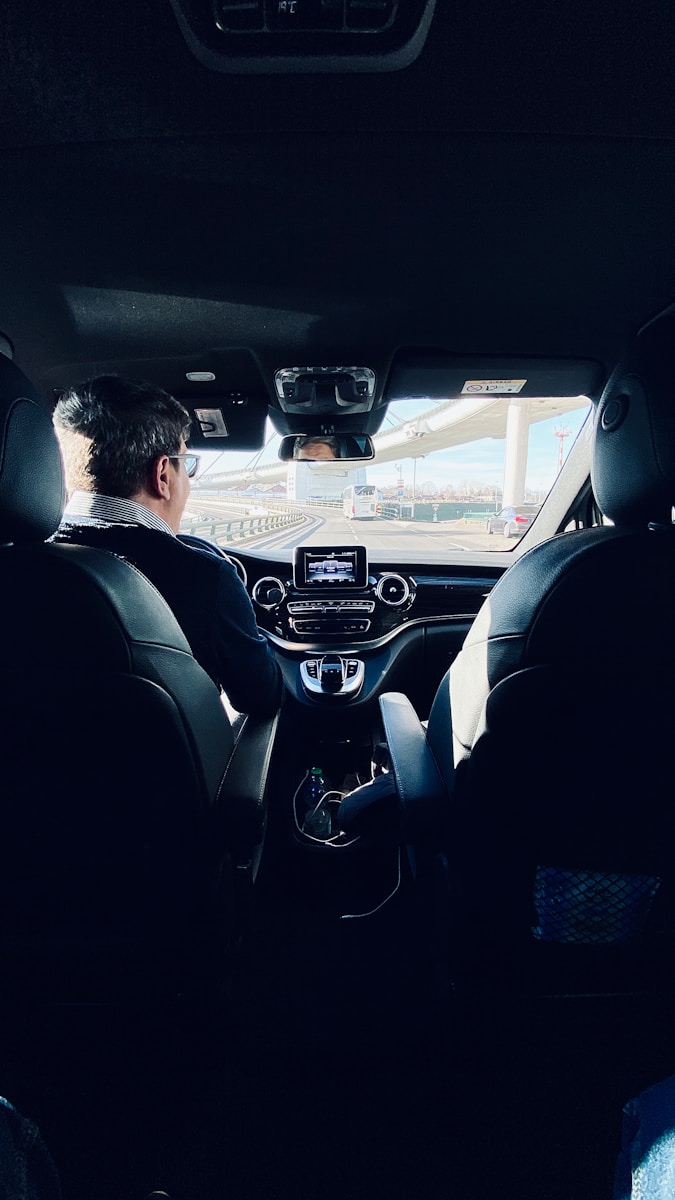Introduction: When Your Rights Need Protection
Waking up to the sound of police at your door can change everything. In those first frightening moments, your freedom, reputation, and future all suddenly come under threat. Finding a skilled Jersey City criminal lawyer is often the most important part of facing any criminal accusation. But how do you know who to hire? What role do these lawyers really play? How can a lawyer actually help during such a difficult time?
This guide will walk you through the basics. We will explain what Jersey City criminal lawyers do, how they help people who have been charged with a crime, myths about criminal defense, and practical steps you can take to protect yourself. You will also learn why having the right attorney is key and how to choose a lawyer who will stand by you.
What Does a Jersey City Criminal Lawyer Do?
A Jersey City criminal lawyer is a professional trained to defend people accused of crimes in Jersey City and Hudson County. These lawyers work with a range of cases, from minor offenses like shoplifting and minor fights, to major claims such as drug trafficking, robbery, or homicide. Their experience with local law and the New Jersey court system helps them plan strong defense strategies for their clients.
A Short Look Back
Criminal defense has always been an important part of our legal system. In Jersey City—where the population is dense and diverse—the work of defense attorneys is critical because the area sees a high number of criminal charges each year. Thousands of complaints are processed annually, which shows just how critical it is to have defense lawyers making sure everyone is treated fairly.
What Happens Behind the Scenes: The Life of a Criminal Defense Lawyer
Their Role Is Much More than Court Appearances
Some people think lawyers only step in when it is time for a trial. In reality, Jersey City criminal lawyers are busy with multiple tasks throughout your case:
- Investigating Details: Looking over police files, collecting evidence, talking to witnesses, and working with experts if needed.
- Defending Your Rights: Making sure the police and authorities do not use illegal tactics, such as forced statements or searches without a warrant.
- Negotiating: Working on your behalf for options like reduced charges, entering diversion programs, or other deals—often for first-time offenders.
- Speaking in Court: Preparing convincing arguments, showing evidence to judges or juries, and fighting energetically if your case starts a trial.
- Personal Support: Helping you understand what’s going on so you always know your options and do not feel lost or ignored.
The Criminal Law Climate in Jersey City: Challenges and Change
Legal cases in Jersey City are influenced by increasing surveillance, busier courtrooms, and more involved prosecution tactics. Local defense specialists handle many different types of charges every year. Drug offenses and domestic violence cases are common, which highlights the importance of experienced attorneys who know how to defend these types of cases.
Most Common Cases Handled
| Crime Type | Examples | Typical Penalties |
|---|---|---|
| Minor Offense | Simple assault, shoplifting | Up to 6 months in jail, $1,000 fine |
| Fourth-Degree Charge | Certain thefts, drugs | Up to 18 months in prison, $10,000 fine |
| Third-Degree Charge | Aggressive assault, drug sell | 3-5 years in prison, $15,000 fine |
| Second-Degree Charge | Robbery, sex crimes | 5-10 years in prison, up to $150,000 fine |
| First-Degree Charge | Murder, worse assaults | 10-20 years or life, up to $200,000 fine |
Penalties are given according to New Jersey’s laws. These punishments show why skilled legal advice is essential—partners you through one of the hardest times of your life.
Understanding Who’s Who in Criminal Law
- Private Criminal Defense Attorney: A lawyer you hire, focused on giving you personal advice and strong legal defenses.
- Public Defender: Appointed by the government for people who cannot afford private attorneys. They work hard but often have very many clients at once.
- Prosecutor: Works for the government to prove someone’s guilt in court.
Each group plays a specific role, but private defense lawyers often give you more personal attention since they have the time and resources to focus deeply on your case.
Answers to Common Questions About Jersey City Criminal Lawyers
Q: Do criminal lawyers only help people who are guilty?
A: No. Defense lawyers help everyone get treated fairly by the legal system. Many clients are not guilty, or were accused under unfair circumstances.
Q: Does being charged mean going to jail?
A: Being charged does not automatically lead to jail. A good attorney increases your chances of winning a dismissal, settling for lighter terms, or finding alternatives such as probation—especially if this is your first charge or the offense was not serious.
Q: Are legal fees always expensive?
A: Many downtown law firms offer simple pricing and payment plans. This way, more people can get high-quality legal help.
Q: Does hiring a lawyer really matter?
A: Yes. Good lawyers catch mistakes, push back against illegal actions, use skilled experts, and can cut down or remove charges. Statistics show that strong legal help really does make a difference in the outcome.
Hurdles Lawyers Overcome: The Realities of Defense Work
Bias, Pressure, and Overload
Legal experts face unique challenges every day in Jersey City. These include:
- Negative assumptions: Being accused of a crime often produces strong public blame, which can affect how your case is seen.
- Strong prosecution: Government lawyers usually work hard for a conviction, so defense teams must be detailed and determined.
- Heavy workloads for public defenders: These attorneys may not have enough time or staff to dedicate to each client equally.
Great defense work, even amid these challenges, helps protect your rights and keeps the justice system fair for all.
Moving Forward
Criminal law is always changing. Jersey City lawyers now use modern technology for research and court preparation. Some teams work only on specific types of criminal cases, which brings deeper insights and better advice. Many local firms are open 24/7 and happy to provide free initial meetings, making it easier to start getting help as soon as you need it.
Simple Tips for Choosing and Working with a Jersey City Criminal Lawyer
- Don’t delay: After an arrest or charge, start with an experienced lawyer right away since prosecutors build their case from the start.
- Pick a local expert: Lawyers familiar with Jersey City courts and judges can negotiate more effectively and know how best to proceed for your situation.
- Check the lawyer’s track record: Veteran lawyers and those with court victories bring helpful experience to your defense.
- Communication matters: Good lawyers should explain what is going on, listen to your worries, and respect you as a person—not just as another legal problem.
- Availability: Charges and emergencies don’t follow office hours, and neither should your attorney.
- Affordable help: Make sure service fees and payment plans are clear up front—it makes a challenging time less stressful.
For instance, firms like Ibrahim & Ibrahim Law are known for being always available and fighting strongly for their clients—treating every case with care.
The Changing Scene of Criminal Law in Jersey City
As the city grows and faces new types of cases, the need for good criminal attorneys rises. There is a trend toward rehabilitation. Courts are more open to alternate sentences, and lawyers are learning to include digital tools in their defense preparations. All of these changes bring hope and expanded opportunities for those accused of crimes.
If you or anyone you know is facing criminal charges, don’t try to handle things alone. Reach out to professionals who take the time to listen and are dedicated to protecting your rights from start to finish.
Don’t Let a Criminal Charge Define the Rest of Your Life
Being charged with a crime can feel overwhelming, but it doesn’t control your story. With the right Jersey City criminal lawyer, you can get more than just legal advice—you gain a real advocate for your safety, reputation, and future. Take action now: learn about your options, demand respect, and protect your future. Your best chance at a fair result comes from having the right person standing by your side.















